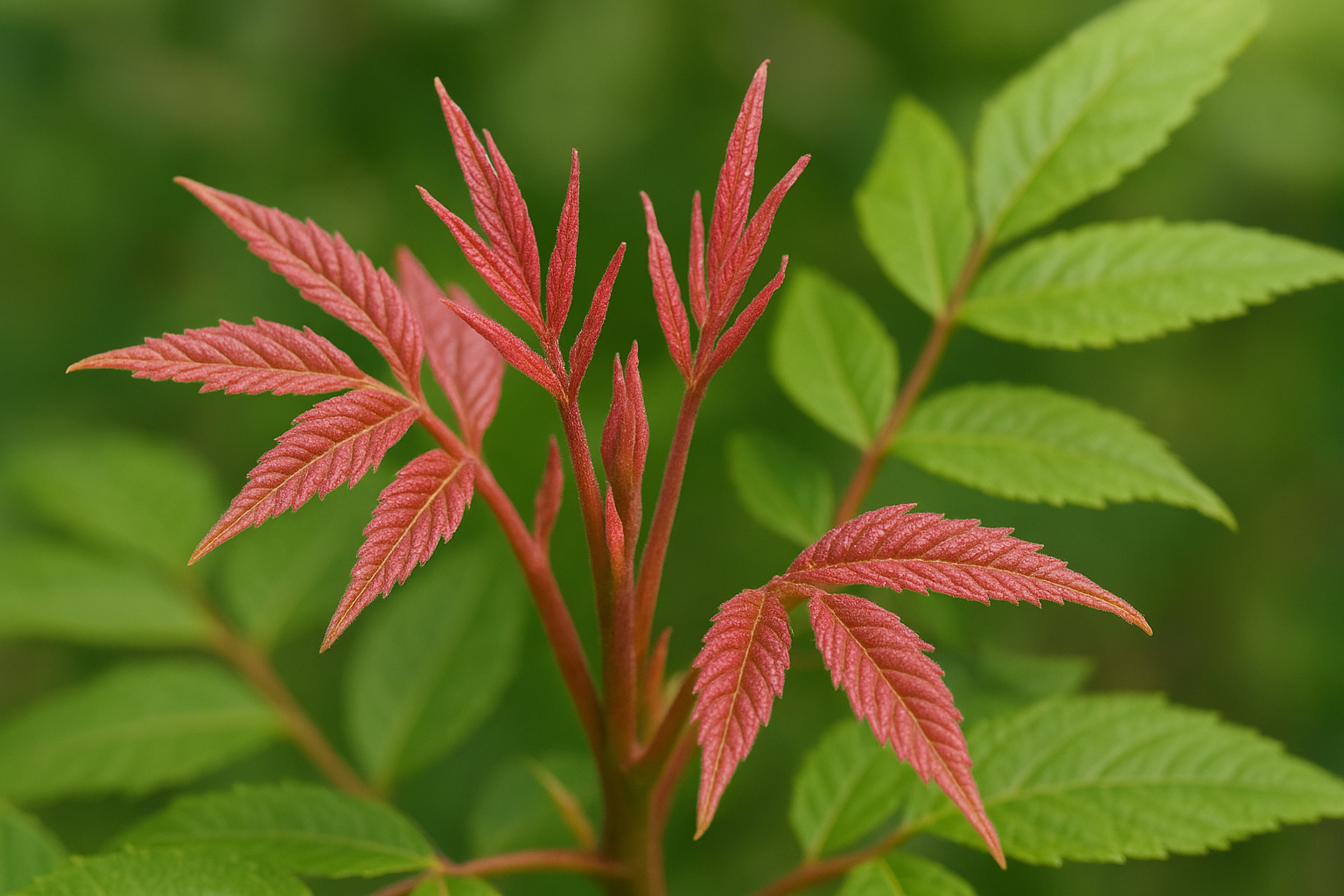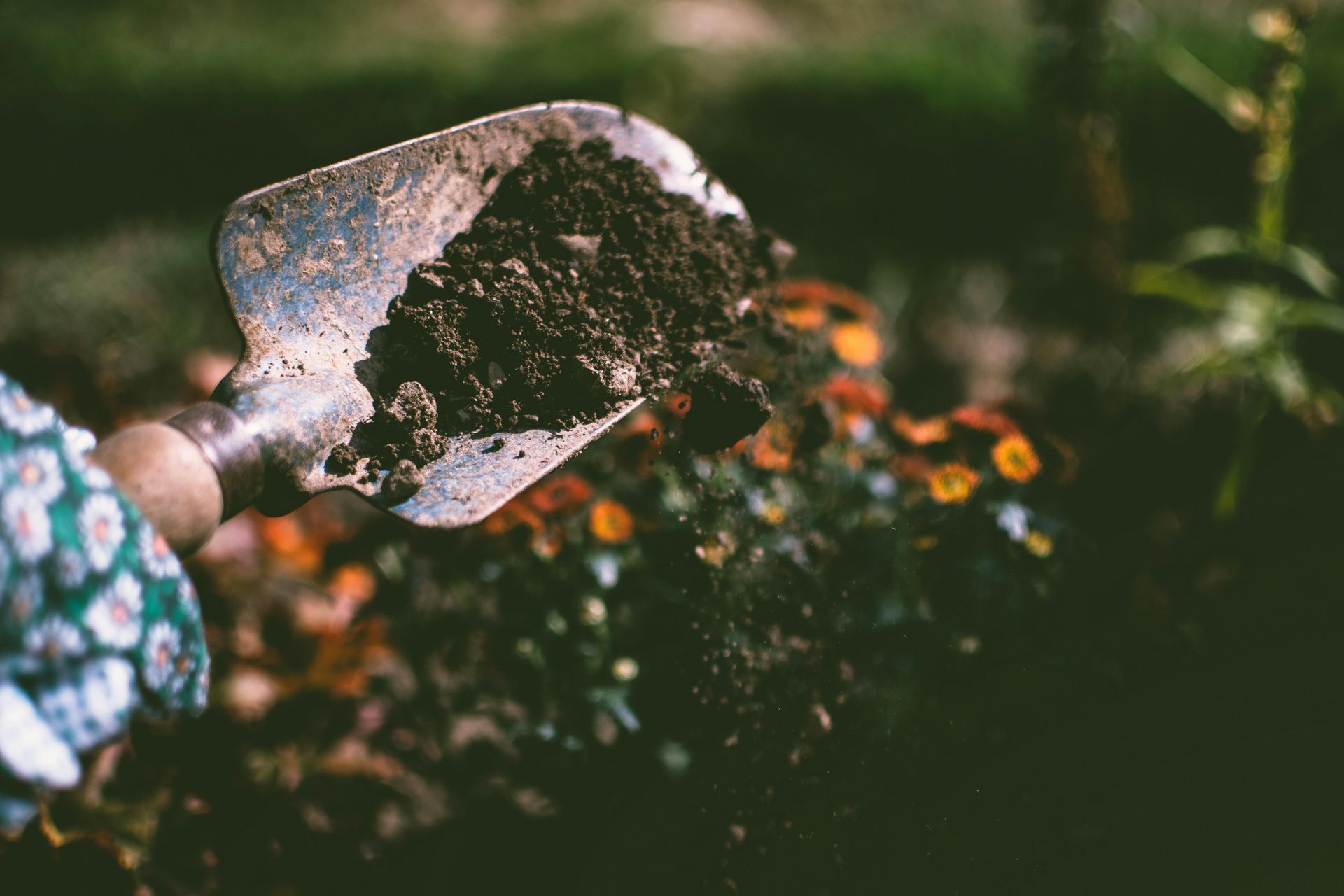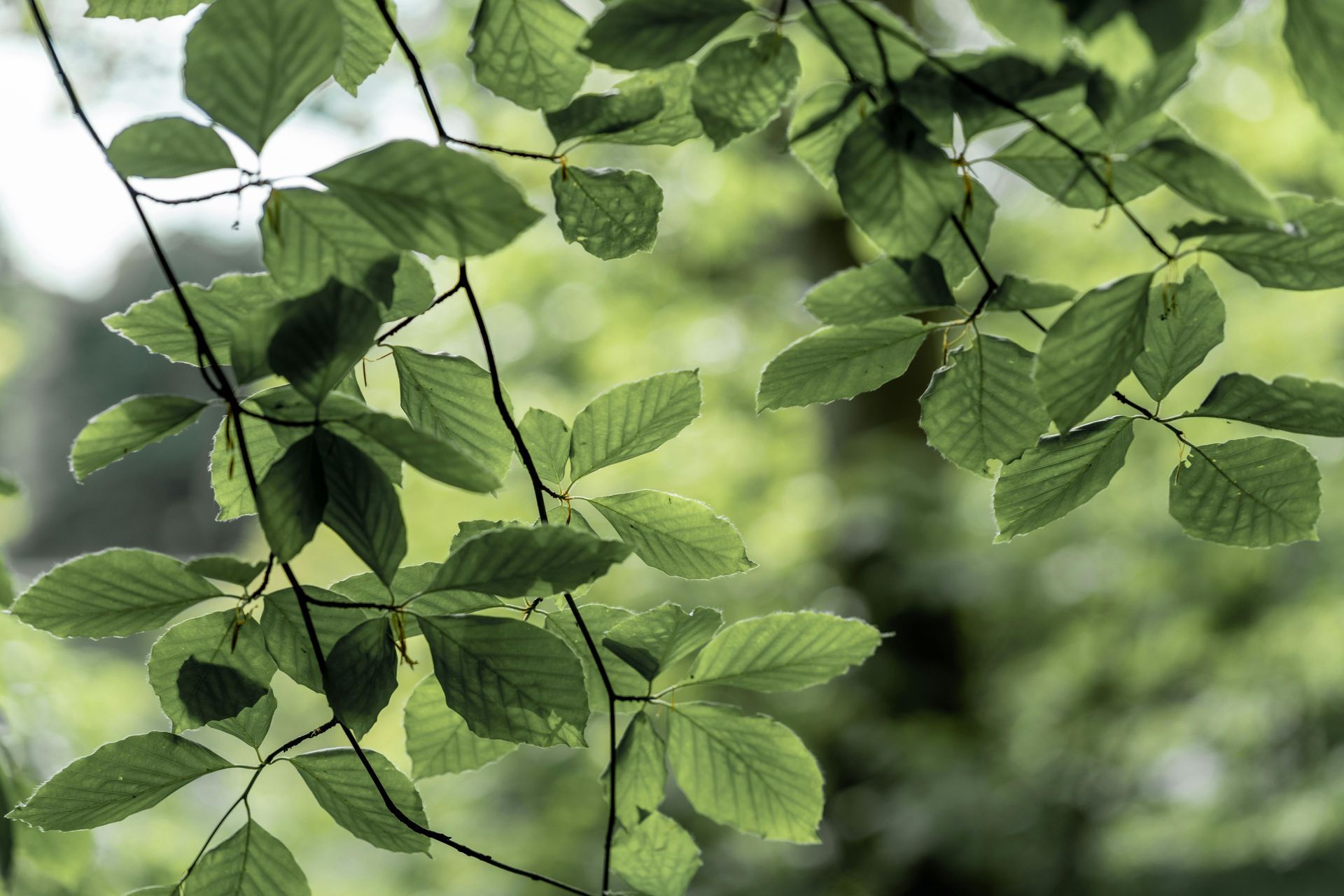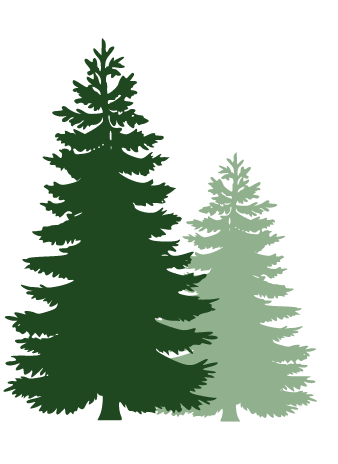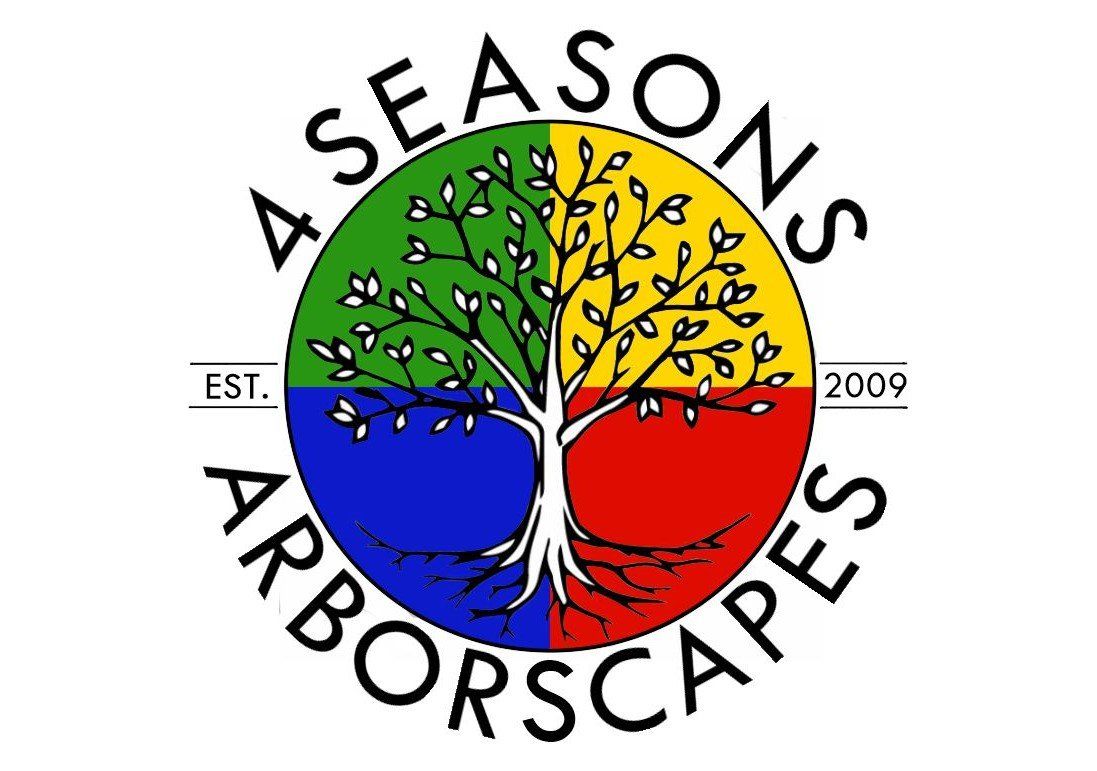During drought, trees may experience stunted growth as they allocate limited resources to essential functions like survival rather than growth. During droughts, the lack of moisture in the soil means there’s less water for trees to convert into glucose through photosynthesis. Heavily stressed trees may enter winter dormancy earlier to conserve resources. The effects of drought on trees can vary depending on the species.
How to Care for Your Trees During Drought Conditions
As climate change continues to impact our environment, drought conditions are becoming increasingly common in many regions around the world. Trees, being essential components of our ecosystems, are particularly vulnerable during periods of drought. Proper care and attention are crucial to help trees survive and thrive despite these challenging conditions. We'll explore the various strategies and techniques you can use to care for your trees during drought conditions.
Understanding the Impact of Drought on Trees
It's important to understand how drought affects trees. Drought stress occurs when a tree's water intake is insufficient to meet its needs, resulting in various physiological changes that can weaken the tree and make it more susceptible to pests, diseases, and mortality. Some common effects of drought on trees include:
Reduced Growth
Leaf Scorch
Increased Vulnerability to Pest and Diseases
Premature Leaf Drop
Dieback and Mortality
Drought conditions can have a major impact on plant life. With these effects in mind, let's explore how you can care for your trees to mitigate the impact of drought.
How to Care for Trees During Drought Conditions
Soil Management
Well-draining, and well-structured soil allows roots to access water and nutrients more effectively, helping your trees to survive these harsh weather events. To improve your soil structure, amend compacted or clay soils with organic matter such as compost or manure to improve soil structure and water infiltration. Minimize soil disturbance by adopting a no-tillage methods, which reduces moisture loss.
Tree Selection and Proper Placement
When selecting trees for your landscape, prioritize drought-tolerant species native to your region. These trees are better adapted to local climate conditions and require less supplemental watering. Selecting drought-tolerant tree species and placing them with thought in landscapes can help conserve water, support ecosystem health, mitigate heat stress, and enhance the overall resilience.
Watering Techniques
Determine soil moisture, then do deep watering, instead of frequent shallow watering, which promotes shallow root growth, focus on deep watering less often. This encourages the development of deep, wide, drought-resistant roots. Consider placing a soaker hose or sprinkler turned on low over the tree roots during the coolest part of the day for 2-hour intervals every few weeks.
Watering Schedule
During severe drought periods, stick to a routine. Repeat the soaker hose process every week to ensure your trees receive consistent hydration. Water trees early in the morning or late in the evening to minimize water loss through evaporation. Adjust the frequency and duration of watering based on soil moisture levels and weather conditions.
Mulching
Apply a layer of mulch two to four inches around the base of the tree to help retain soil moisture. A solid layer of mulch can deter weed growth, which competes with trees for water and nutrients. Mulch will act as an insulator, protecting the roots from extreme temperature fluctuations. Maintain a mulch-free zone around the trunk to prevent moisture-related issues. Do not use stones as mulch since they can increase soil temperatures around the trees.
Soil Moisture Monitoring
Monitoring soil moisture is crucial for managing tree health during drought conditions. Soil moisture refers to the total amount of water, including water vapor, in unsaturated soil. Regularly monitor soil moisture levels using a moisture meter or by conducting simple soil tests. Adjust watering practices based on soil moisture data to avoid overwatering or underwatering.
Pruning and Maintenance
Pruning helps in promoting the overall health of trees. It can remove diseased, infested, or dead branches, preventing the spread of decay and improving the tree’s vitality. Ensures the development of a strong branch structure and an attractive, balanced form. Avoid heavy pruning during drought conditions, as it can further stress the tree.
Minimize Stressors
Limit additional stressors on trees during drought, such as excessive fertilization, herbicide use, or construction activities near the root zone. Encourage a healthy ecosystem around the tree to support its resilience. You can do this by planting native trees and plants that are adapted to the local climate and soil conditions.
Consult Professionals
If you are unsure about the health of your trees or the best practices for your specific situation, consult with a certified arborist or tree care professional for guidance.
Conclusion
Caring for trees during drought conditions requires proactive management strategies aimed at conserving water, minimizing stress, and promoting resilience. By implementing the techniques outlined and staying attuned to the needs of your trees, you can help them weather the challenges of drought and thrive in your landscape for years to come. Remember, healthy trees not only enhance the beauty of our surroundings but also provide essential ecosystem services and contribute to a sustainable environment.
References:
Five Tips to Help Trees Thrive During Drought | USU
https://www.gardenia.net/disease/leaf-scorch
https://www.forestsociety.org/something-wild/what-happens-trees-drought
https://extension.colostate.edu/topic-areas/yard-garden/leaf-scorch-2-911/
https://extension.usu.edu/drought/news-articles/thriving-trees-during-drought
Five Tips to Help Trees Thrive During Drought | USU
Images - Canva
Check out the latest:





